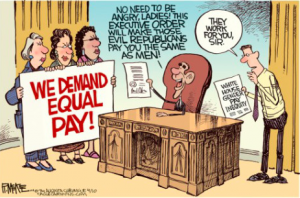Dear members of the Portfolio Committee,
I’ve never been a confident writer, I use to dread the idea of having to put my thoughts into words. The second I walked into the classroom I wanted to drop the class. My friend begged me not to, she claimed “I always take the easy route.” Not only was it a writing class it also was at 9 A.M. I barley could get up in time for dinner, let alone a 9 A.M. class. Two days out of the week I use to sporadically pop in and out, not really giving my full attention just trying to do the bare minimum. I knew writing was a college essential and that I could actually benefit from paying attention. I knew that if I could at least take away a couple better writing tools I wouldn’t have to be so insecure when asked to write an essay, anything to save me from that embarrassment again. I found myself coming to class more frequent and checking my blog dashboard for updates. My teacher helped keep me involved, she was very straight forward and persistent. She never made me feel my writing was too sloppy or unfixable. I felt as if every essay I wrote I was improving, I wasn’t nervous about posting on the blog knowing everyone could see it.
My portfolio is in the order they were written, the ethnography “Sister Sister” I wrote in the perspective of my little sister who is at a time of change in her life. Teenagers are at a time in their lives where change and chaos is expected and accepted. I tried to elaborate on things that are important to girls like her at this time, family, school, and graduating. I started the essay off by describing the setting in which Krystal grew up, how closely her and her siblings are. While working on this essay I learned that when interviewing her or anyone else for an essay I would asked them to not sugar code their answers, I stressed the importance of knowing the little things. For instance her bedroom and where she kept her diary. Including little details helped me with creating a setting in a story.
The second essay you will read titled “What’s Your Mother Getting Paid?” The teacher asked to pick a topic that was a social issue close to our heart. I’ve always felt that women were undervalued in society and the wage gap is a prime example. It proves that discrimination against women still exist even after a few different “equal pay laws” were passed. It makes me sick to think of my mother working just as hard as any other worker but being deprived of a thousands of dollars each year, simply because she is a woman. While working on this essay I felt my researching skills have improved. I learned in class which websites are factual and which aren’t. I provided the readers with the statistics and facts first then went on to explain how and why the wage gap still exist.
Essay 3 “Women Propaganda” is a visual essay from pervious essay above. I’m very passionate with it comes to equity, equality, and justice. I wanted to show how often women are discriminated in a “politically correct” way. Also wanted to represent women from the 1940s. Women have taken over the work force before when their husbands went to war. Women have proven to be able to do “a man’s job.” While creating this essay I learned about perspective. I want the reader to see a visual representation of how blatant this discrimination is. Not only from my point of view but also men.
Joining College Writing 101 gave me confidence. All things considered I came out of this class a better writer then before. I am now able to confidently write a college essay without feeling embarrassed, or not well spoken. I’ve picked up some quick helpful tips on researching, citing, and perspective. I now look forward to constructive criticism
and improving at any chance. I am very thankful of this experience and am grateful for Professor H. Pappas for providing me with the tools. I look forward to my next writing class to continuing to develop these skills even more.
Sincerely,
Shannon Rosensteel





